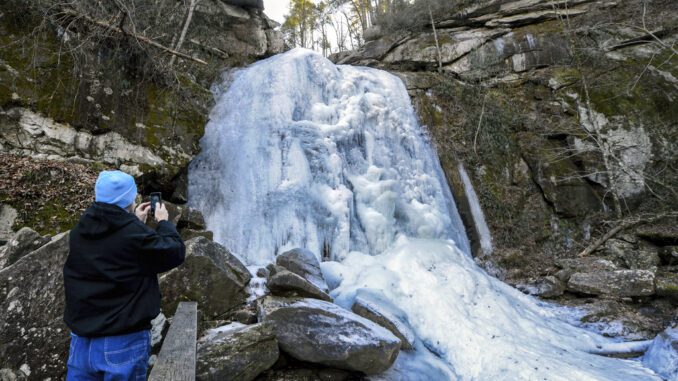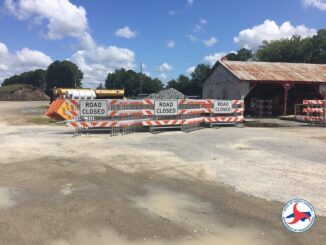
As evidenced by this summer’s excessive flooding across Appalachia, Western North Carolina’s vulnerability to the devastating effects of extreme weather is undoubtedly heightened. With a strong influx of frequent and extreme weather events descending upon the region, communities deserve to be better prepared for a future steeped in precipitation.
One of the best deterrent strategies is flood insurance, which financially insulates people, buildings, and valuable belongings when flooding rears its ugly head. This year, the Federal Emergency Management Agency (FEMA), which oversees the federal flood insurance program, updated how it prices flood insurance. These changes, called Risk Rating 2.0, create a fair and more transparent system.
The simple truth is that North Carolinians fare well under the new system. Across the state, over a quarter of residents are witnessing their premiums drop this year — while decreases were never seen under the old system. What’s more, in Gaston, Cleveland, and Mecklenburg counties, over 90% of policyholders are experiencing a decrease or modest increases that mirror average increases under the previous system.
The results of these adjustments are two-fold: effectively pricing risk for North Carolinians while instituting a fairer policy.
Before, FEMA’s one-size-fits-all approach priced insurance largely based on where properties were located — in other words, their proximity to a flood zone. What this meant is that homes located near one another could pay similar prices for flood insurance, even though some properties could be at much higher risk of flooding than others.
So, where’s the improvement, and why does it matter? The answer is simple: under Risk Rating 2.0, FEMA incorporates factors like flood types, as well as proximity to a flooding source — such as a coast or river — in calculating flood insurance premiums for individual properties. As an added benefit, FEMA now considers costs to rebuild a destroyed home after a flood.
All in all, flood insurance helps shield policyholders from the devastating financial implications of a flood, while Risk Rating 2.0 paints a more accurate picture of their flood risk. Wouldn’t you want certainty ahead of time to prepare?
Those who do not currently have flood insurance should give serious consideration to obtaining this protection. Many may be unaware that flooding is our country’s costliest natural disaster, and flood damage is not typically included in standard homeowners or renters insurance.
Securing coverage is a sound investment, as flood insurance provides financial relief on a level that no other immediate recovery program can provide. Without flood insurance, homeowners and renters must resort to seeking assistance from agencies like FEMA. But a word of caution: this assistance is not always guaranteed, and payouts are far less than flood insurance.
Even households located outside areas of risk identified in FEMA flood maps should also give due consideration to obtaining flood insurance. For example, between 2015 and 2019, more than 40% of NFIP flood claims came from properties outside high-risk flood areas.
As flooding in North Carolina worsens, this is especially relevant. Let’s rewind the clocks back to 2018. Flash floods from Tropical Storm Alberto resulted in two people losing their lives in Watauga County. Just one year ago, Tropical Storm Fred swept across the state, dumping inches of rain that triggered devastating floods and landslides in Western North Carolina. Even earlier this year, a severe storm brought inches of rain across the region, downing trees and damaging homes in the process. When combined, these storms left behind tens of millions of dollars in damages that are still burdening communities to this day.
The good news is that North Carolina has taken a more proactive and productive approach to meet these challenges head on. Last year, the North Carolina General Assembly made flood resilience a high priority, with the largest investment to address flooding in state history.
Organizations such as the American Flood Coalition and the Eastern North Carolina Recovery & Resilience Alliance are further bolstering flood resilience efforts in the state — and are bringing together a whole host of voices to advocate for more long-term solutions to flooding.
Risk Rating 2.0 complements these efforts by arming North Carolinians with a more transparent, accurate understanding of their flood risk and helping them take sensible steps to manage it. As North Carolina sees stronger storms and more frequent flooding, its residents will be better prepared and more resilient for a flood-prone future. Truly, Risk Rating 2.0 serves as a boon to the entirety of Western North Carolina.
U.S. Rep. Virginia Foxx represents North Carolina’s 5th Congressional District and is the Republican Leader of the House Committee on Education and Labor.
State Rep. John Torbett represents North Carolina’s 108th District in the North Carolina General Assembly.



